Disadvantages of Nuclear Fusion – Just the same as other sources of energies, they are many disadvantages of nuclear fusion we can name. Today, many nations take part in fusion investigations to some extent, driven by the USA, the European Union, Russia, and Japan, with strong programs also started in China, Canada, Brazil, and Korea. Initially, fusion investigations in the USSR and USA were connected to atomic weapons development, and it remained divided until the Atoms for Peace conference in Geneva in 1958. Following findings at the Soviet tokamak, fusion research displayed ‘big science’ in the 1970s. But the complexity and cost of the devices involved in the system increased to the spot where international co-operation was the single way to forward the program.
Nuclear fusion is the most fundamental kind of energy currently in use. A nuclear reaction produces it when two atoms of identical lightweight elements (typically a hydrogen isotope) unite to form one molecule of helium, releasing energy in the form of photons, which are visible as light. Though this technology offers a plentiful supply of energy, it also has drawbacks. Let’s look at the advantages and disadvantages of nuclear fusion.
Nuclear fusion systems are available from a variety of suppliers and companies, as well as various Manufacturers and distributors, and there are many Nuclear Fusion Systems for Sale on Linquip. There is a comprehensive list of nuclear fusion system services on the Linquip website that covers all OEM fleets. Linquip vendors can support you with this. Please contact Nuclear Fusion Experts in Linquip to learn more about how to connect with a diverse group of service providers who consistently deliver high-quality products.
Fusion is happening in the sun and stars because of the fusion of hydrogen atoms to form helium, and the mass is converted into energy. By heating Hydrogen to very high temperatures, gas changes to a plasma in which the negatively charged electrons are segregated from the positively charged atomic ions (nuclei).
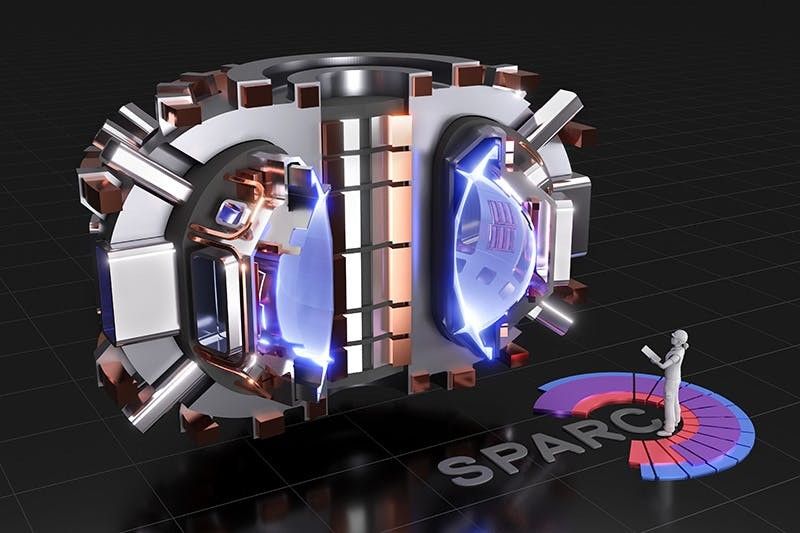
Usually, fusion is not achievable because the strongly repulsive electrostatic forces between the positively charged ions prevent them from getting dense enough to collide and for fusion to happen. However, suppose the states are such that the nuclei can overcome the electrostatic forces; they can reach within a very close distance. In that position, the attractive nuclear power (force binding protons and neutrons together in atomic nuclei) between the cores will exceed the repulsive (electrostatic) energy, allowing the ions to fuse.
These conditions can occur when the temperature rises, letting the ions move with more energy and faster and finally reach speeds high enough to tie nuclei together. The ion can then fuse, generating lots of energy.
How We Write this Blog Post about Disadvantages of Nuclear Fusion
Writing a blog post about the disadvantages of nuclear fusion required us to conduct thorough research. We started by consulting with our team of experts in the field. They have extensive experience covering various topics related to energy and technology, and they provided us with valuable insights and perspectives. Next, we did a comprehensive search of multiple webpages, including scientific databases and reputable publications, to gather detailed information about the topic of nuclear fusion. We read through countless articles and research papers to understand the challenges and limitations of this technology.
After collecting relevant information, we created a comprehensive outline to organize the content of the article. We aimed to accurately present the latest developments and breakthroughs in nuclear fusion, as well as the setbacks and roadblocks that remain. We wanted to convey the complex nature of this emerging field and help readers understand its potential impact on the future of energy.
In addition to research and expert knowledge, we also incorporated personal experiences into this article. As we explored the topic, we found ourselves grappling with new concepts and ideas. We wanted to share this journey and convey the sense of excitement and curiosity we felt while writing this piece. By incorporating anecdotes and personal reflections, we hoped to make the content engaging and memorable for readers.
As a result of our comprehensive research and expert knowledge, we believe this article provides an accurate and nuanced understanding of the disadvantages of nuclear fusion. We hope it serves as a valuable resource for readers who are interested in this exciting but complex field.
Fusion Technology
In the sun, bulky gravitational forces make the right requirements for fusion, but they are much harder to achieve on Earth. Fusion fuel – distinct isotopes of hydrogen – must be heated to enormous temperatures and kept stable under extreme pressure, hence compact enough and confined for long enough to enable the nuclei to fuse. The controlled fusion research program aims to achieve ‘ignition’, which happens when enough fusion reactions occur to become self-sustaining, with fresh fuel then being added to continue it.
Once the ignition is started, there is a net energy yield for about four times as much as nuclear fission. Based on the Massachusetts Institute of Technology (MIT), the reactor’s power increases with the pressure’s square, so multiplying the pressure leads to a large increase in the amount of energy production.
With modern technology, the most readily feasible reaction is between the nuclei of the two heavy isotopes of hydrogen, which are deuterium (D) and tritium (T). Each D-T fusion reaction releases 17.6 MeV compared with 3-4 MeV for D-D fusion and 200 MeV for U-235 fission. Based on the mass, the D-T fusion reaction releases about four times as much energy as the uranium fission reaction. Deuterium is available naturally in seawater, and the amount is 30 grams per cubic meter, which makes it very sufficient relative to other energy resources.
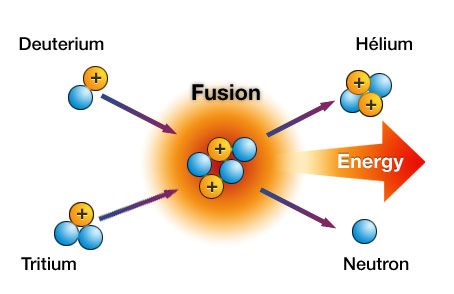
Tritium is available in small quantities provided by cosmic rays and is radioactive, with a 12 years half-life. Usable amounts can be made in a traditional nuclear reactor or produced in a fusion system from lithium. Lithium can be found in considerable quantities and at weaker concentrations in the seas.
In the fusion reactors, the D-T fusion reaction generates neutrons, and all are absorbed in a blanket containing lithium that surrounds the core. By the absorption of the neutrons, lithium is transformed into tritium and helium. For slowing down the high-energy (14 MeV) neutrons, a one-meter blanket must be used, which is thick enough. The blanket is heated by the absorption of neutrons’ kinetic energy. The heat energy is removed by the coolant (helium, water, or Li-Pb eutectic), and in a fusion power plant, the extracted energy produces electricity by employing traditional methods. If tritium is not produced enough, some additional sources must be applied, such as using fission reactors to irradiate heavy water or lithium with neutrons. Extraneous tritium has difficulties with storage, handling, and transport.
The challenge has been to promote a device that can heat the D-T fuel to a high temperature and keep it long enough to release more energy through fusion reactions than is used to get the reaction to continue. As the D-T reaction is the primary focus of attention, there are long-term hopes for a D-D reaction, but that needs higher temperatures.
In all cases, the challenge is to utilize the heat to satisfy human needs, essentially generating electricity. The energy concentration of fusion reactions in gas is less than for fission reactions in solid fuel, and as mentioned, the heat yield per each reaction is 70 times less. Therefore nuclear fission will always have a much larger power density than thermonuclear fusion, which means that we need a more extensive and thus more costly fusion reactor than a fission reactor with the same power output. Also, nuclear fission reactors employ solid fuel, which is denser, and the energy released is richer.
On the other hand, The neutron energy in the fusion is enormous compared to the fission (14.1 MeV rather than about 2 MeV), which has significant structural materials challenges. Up to now, two main experimental procedures have been studied: inertial confinement and magnetic confinement. The first method involves compressing a small pellet holding fusion fuel to too high densities using intense lasers or particle beams. The second includes strong magnetic fields to make the hot plasma.
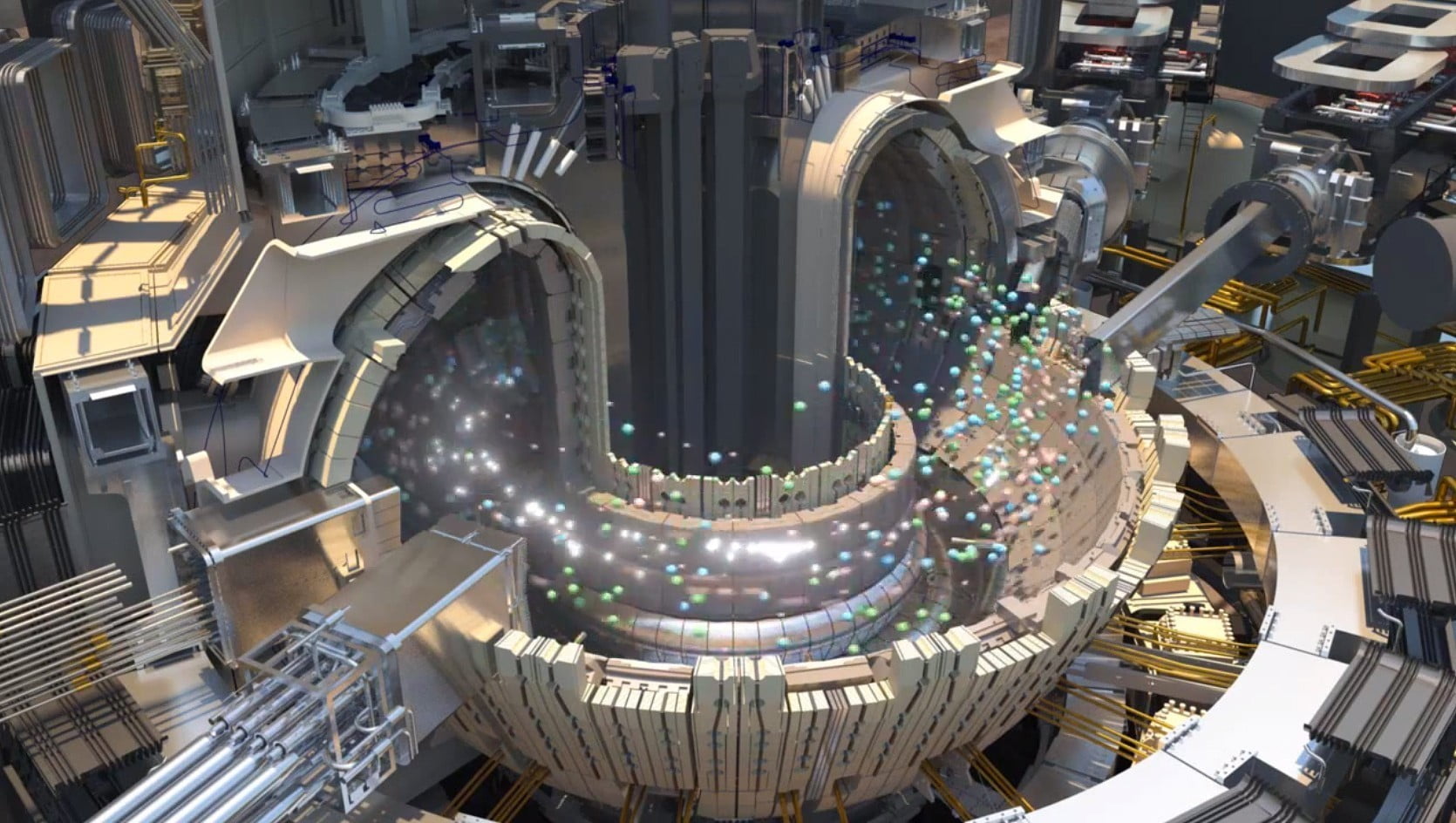
Disadvantages of Nuclear Fusion
As discussed before, atomic nuclei are always positive, and to overcome two positive charges and repulsive force, fusion only happens at too high energy levels, i.e., overly high temperatures. A fusion reaction occurs in the center of the sun at very high temperatures, in the order of millions of degrees.
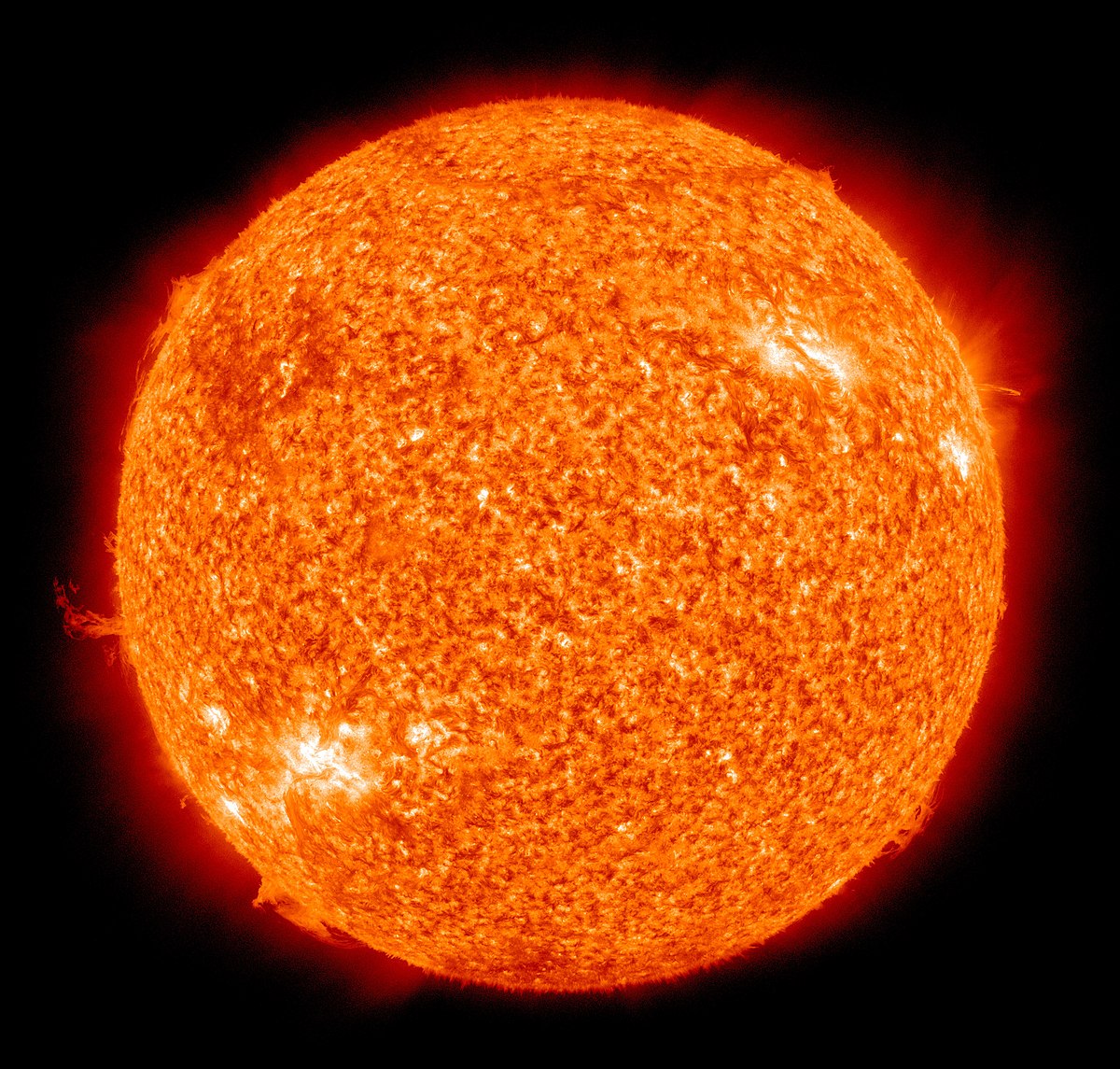
Within lies the problem; it’s not so straightforward to simulate the sun. Creating such high temperatures has been extremely challenging, and since the 1930s, physicists have devised a difference of containment vessels that could bear the conditions needed for fusion. Over the 1950s, fusion had been reached, but unfortunately only inside a nuclear bomb. Scientists were assured that managing fusion for energy production will be accessible.
In the 1980s, after the oil shocks of the 1970s, investment in clean, sufficient energy was high, and all eyes and interests were on renewable energies. Notwithstanding decades without any significant success, optimism predominated. Scientists at the University of Utah declared something unbelievable In 1989: We achieved the cold fusion saga. All we require to solve the planet’s energy problems was a jar, an electric current, and some deuterium. No one believed it, and all thought it is physically impossible, while in fact, it was. The results were widely believed to be extracted from experimental error and desirous thinking.
Fast forward to the present day. We are not even close to fusion compared to what we were in the 1950s. Technology has developed and changed, and now powerful lasers are ready to superheat hydrogen atoms. Notwithstanding billions of dollars-worth lasers, recent progress has been incremental, and magnificent failures are still the norm. After unprofitable decades many questions are asked if controlled fusion is even possible. Also, the enormous resources spent on fusion energy might have been better managed for more realistic energy plans, while all we know, there is no question that more reliable and cleaner energy sources are needed right now. by the way, only time will show us if fusion is the way we should choose. We can summarize the disadvantages of the fusion as below.
The Difficulty for Achieving the Fusion Power
In the sun and stars, high temperatures and powerful gravitational forces naturally prepare a fusion environment. But here on our planet, we face the challenge of making nuclear fuel hot and enough limitations to begin a self-sustaining ignition.
Just think about trying to hold the plasma (a mixture of gaseous deuterium, tritium ions and atoms, and the helium fusion product) at millions of degrees celsius. Scientists couldn’t find materials that can withstand these temperatures. Therefore, scientists try to keep the plasma in a magnetic field provided by superconducting magnets around the fusion vessel/chamber. This method is tough to achieve compared to nuclear fission.
Radioactive Wastes
Nuclear power plants emit only negligible volumes of carbon dioxide into the atmosphere, and their nuclear fuel chain reaction does return radioactive wastes. The radioactive waste made with fusion is not the same as the fission reaction, and we should not be confused. In a nuclear fission reactor, the radiation is beta particles, alpha particles, and gamma rays (which can penetrate our body, give you all kinds of cancer and destroy the bonds in your DNA structure). On the other hand, in a nuclear fusion reactor, the vessel wall is the only part that the high-energy neutrons will bombard.
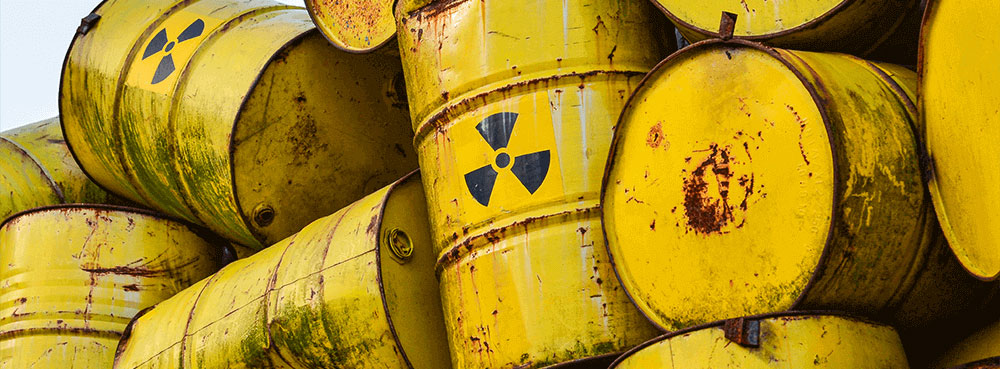
In the worst position, if all the enclosing the main fusion vessel protective layers breaks, the neutron radiation will end as soon as the fusion reaction stops. In a fission reactor, the radiation still exists in the waste materials, which means that extreme steps are needed to bury the waste to keep it as far away as possible from people. For nuclear fusion, the activated materials (for example, vessels that neutrons have bombarded) should be stored safely for centuries. Also, the radiation level is so small that it can be reused in the fusion reactors again.
Need More Investigation and Brainpower is Required in order to Solve its Problems!
People across different countries have other objectives when it comes to fuel reservoirs. Some people want to make atomic bombs. Some people need fossil fuel to continue governing and do not want fusion to present an alternative source. Having a fusion working system needs barely intelligent thoughts to contribute to discussing and solving its challenges.
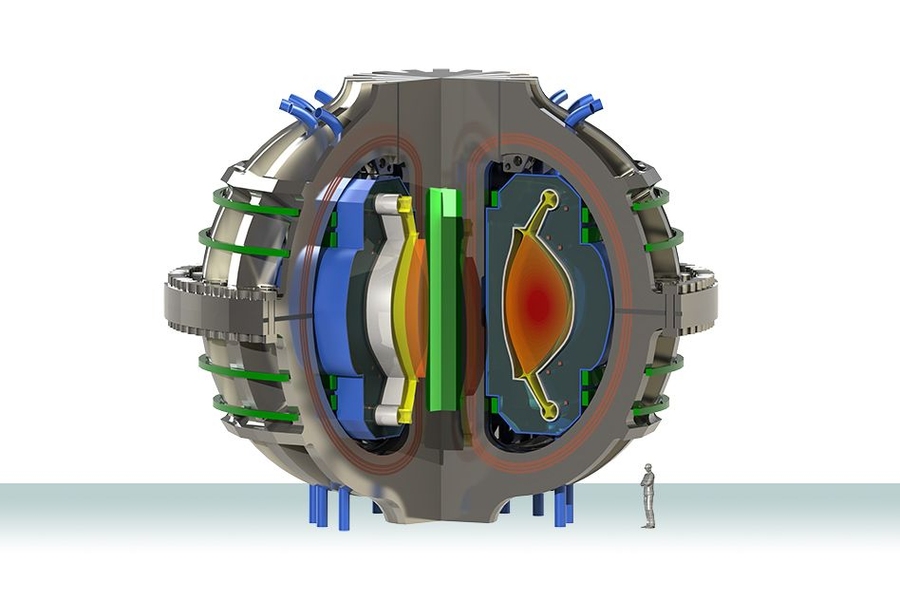
Its Practical Energy Results are Still Considerably Unreachable
Existing igniting nuclear fusion techniques still require massive amounts of energy, and it doesn’t have to be a big event or is just in on a small scale for a short moment. “Igniting” means reaching self-sustainable fusion reactions in the system. Today, the world’s most giant fusion reactor is studying plasma on a large scale, but there is a far way to reach the goal.
Advantages of Nuclear Fusion
It is noteworthy to remember that there is no absolute energy source, and every one of the usable power resources in the world has its pros and cons. As a result, we should examine the facts to know if our preferred energy source had more benefits than the bad ones for our community.
Cost-Competitive Energy
The initial costs of building nuclear power plants are costly. Other investments are to enrich and process the fuel, control and eliminate waste, and maintain facility maintenance. Electric generation in nuclear reactors is more economical than that of gas, oil, and coal plants, and we can state that it is a cost-competitive source of energy.
High Energy Density
According to estimations, the energy released in nuclear fusion is several million times larger than burning fossil fuels, so the amount of fuel in a nuclear plant is smaller compared with those of other power-generating systems.
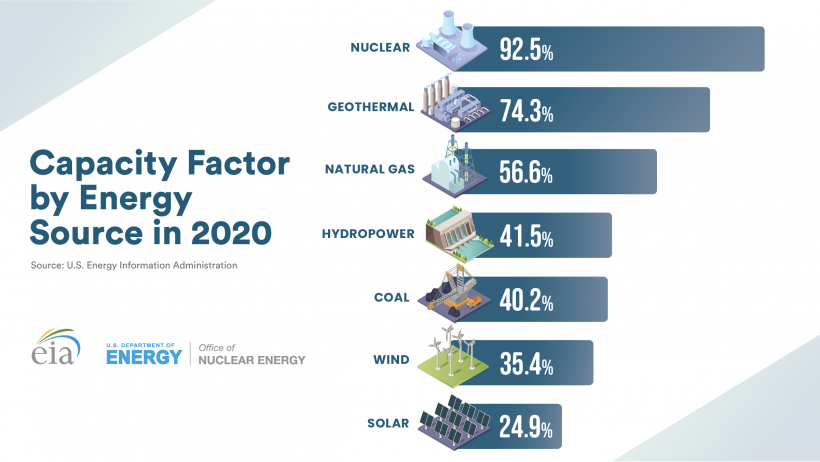
Less Pollution
In terms of the climate condition, it would be more advantageous to replace other energy-harnessing methods used today with nuclear fusion processes. The environmental consequences of this power generation system are relatively light compared to other systems. However, we should still be aware that nuclear waste is potentially harmful to both people and the environment.
Sustainable
All we know is that the energy from the nuclear fusion power plant is not renewable. Though, it can become possibly sustainable by using fusion and breeder reactors. By controlling atomic fusion similar to the sun, we can have an unlimited energy source. At this particular point in time, reactors are suffering serious difficulties to be used on a larger scale.
Not Having Long-lived Radioactive Wastes
Nuclear fusion doesn’t make high-activity, long-lived nuclear wastes. The radiation of components in a fusion reactor is not much enough for the materials to be reused or recycled within centuries.
No-Risk of Proliferation
Nuclear fusion reactors don’t use fissile materials like plutonium and uranium. Radioactive tritium is not a fissile or fissionable material. Also, there are no enhanced materials in a fusion reactor, same as ITER, that could be extracted to make nuclear bombs.
Risk of Meltdown in Power Plants
A Fukushima-type nuclear event is not possible in a tokamak fusion device in a power plant. It is hard enough to reach and keep the precise conditions required for fusion, and if any disturbance happens, the plasma cools in seconds, and the reaction ends. The amount of fuel in the vessel is enough for a few seconds, and there is no risk of a chain reaction in the system.
FAQs about Disadvantages of Nuclear Fusion
Does nuclear fusion create waste?
On the other side, fusion does not produce any nuclear waste that is long-lived radioactive. Helium is a gas that is produced by a fusion reactor and is inert.
Is nuclear fusion bad for the Environment?
Fusion doesn’t release any harmful chemicals into the environment, like carbon dioxide or other greenhouse gases. Helium, an inert, non-toxic gas, is one of its main byproducts. Lack of persistent radioactive waste There is no high-activity, long-lived radioactive waste produced by nuclear fusion reactors.
Is nuclear fusion energy clean?
Nuclear fusion makes a small amount of radioactive waste with a short half-life, which makes it a relatively clean way to get energy. Using deuterium and tritium, which are different forms of hydrogen, scientists have been trying to make fusion power on Earth for about 70 years.
Can a nuclear fusion reactor explode?
Fusion gives off a lot of energy, so it is used to make electricity in fusion reactors or thermonuclear reactors. Fusion reactors can’t go off because these reactions don’t start a chain reaction that can’t be stopped.
Is nuclear fusion expensive?
It is now unaffordable and is not expected to become so in the future. Hydrogen isotopes are the fuel of choice for modern nuclear fusion reactor designs. The fuel is composed of two-fifths deuterium and three-fifths tritium by weight.
Download Disadvantages of Nuclear Fusion PDF
linquip.com-What are the Disadvantages of Nuclear Fusion
Watch Videos about Disadvantages of Nuclear Fusion
For more information about Disadvantages of Nuclear Fusion, watch the following video.
Buy Equipment or Ask for a Service
By using Linquip RFQ Service, you can expect to receive quotations from various suppliers across multiple industries and regions.
Click Here to Request a Quotation From Suppliers and Service Providers
Read More on Linquip
- Differences Between Nuclear Fusion and Fission
- Types of Nuclear Reactors: Differences and Operation Principles
- What is Thorium Salt Reactor? Thorium-Based Nuclear Power
- What Are Components of Nuclear Reactor?
- What is Boiling Water Reactor? Advantages, and Disadvantages
- What is Breeder Reactor? Types and Applications
- What Is Nuclear Fission?
- How Does Nuclear Fusion Work?
- Nuclear Fission Equation With Example
- Nuclear Power Plant Diagram: A Complete Guide
- Is Nuclear Energy Renewable? A Complete Answer
- How Does a Nuclear Reactor Work? A Closer Look at the Working Principle of Nuclear Reactors
- Nuclear Power Advantages and Disadvantages: Comprehensive and Well-developed

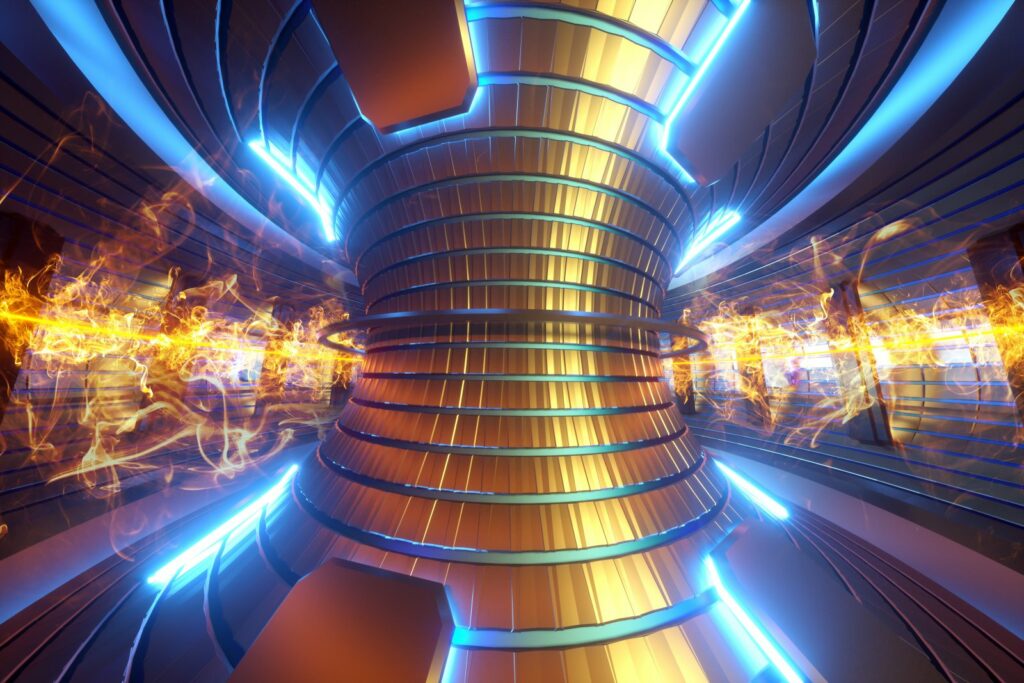


Very interesting! And, somewhat discouraging.
By the way, this article needs some serious editing, as there are many, many distracting English errors.
Thanks for visiting our website, Rodney! We first apologize for any inconvenience experience you had with this article. Your valuable comment will be considered for the next update of the post.
Literally no downsides, only difficult to achieve. Got it.